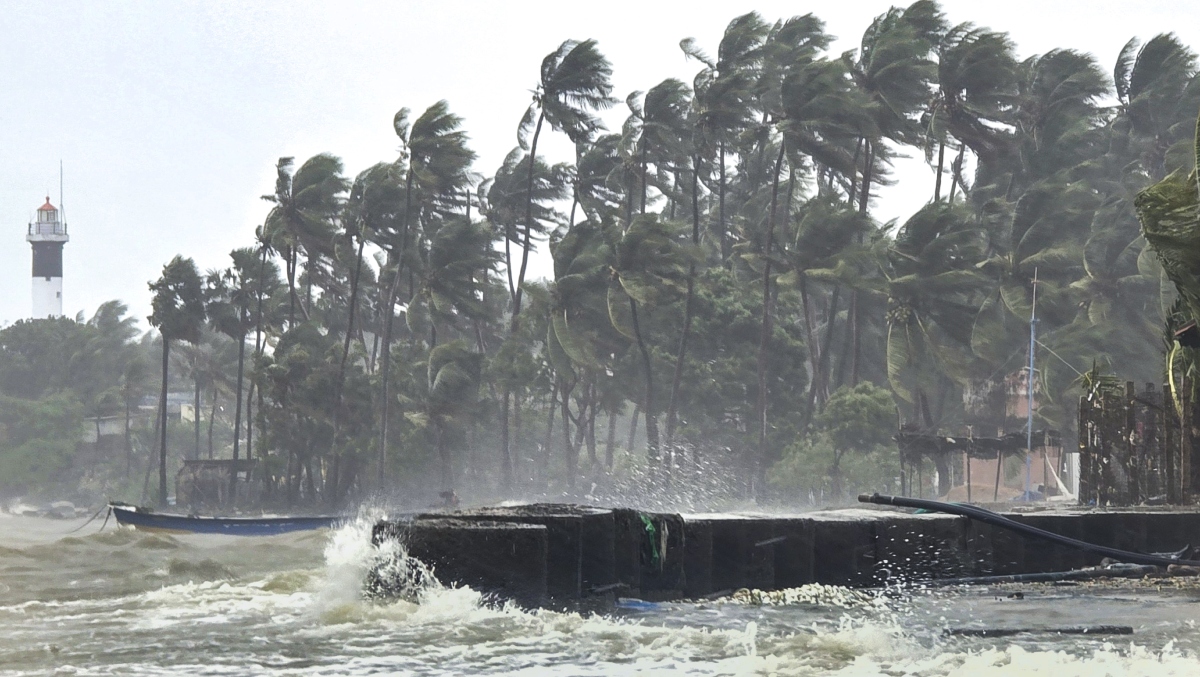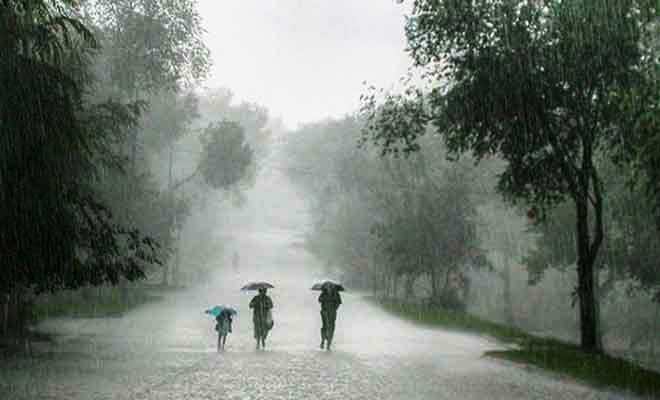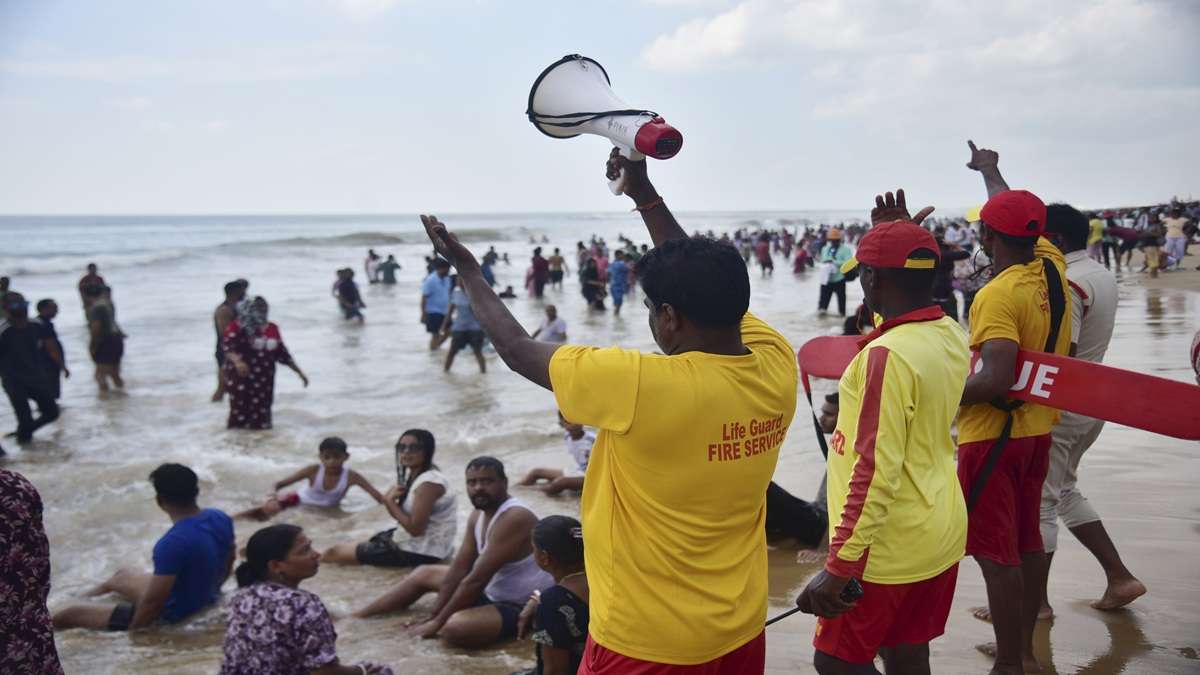The Southwest Bay of Bengal is currently experiencing the powerful impact of Cyclone Ditwah, a tropical storm that formed around…
Browsing: India Meteorological Department
The India Meteorological Department (IMD) has issued a critical red alert for the north Tamil Nadu, Puducherry, and southern Andhra…
A red alert has been sounded for northern Tamil Nadu and Puducherry as Cyclone Ditwah intensifies and moves towards the…
Jharkhand’s weather forecast includes an orange alert, indicating a high probability of heavy rainfall across multiple districts. The India Meteorological…
A severe cyclonic storm, dubbed Montha, is rapidly developing in the Bay of Bengal, leading the India Meteorological Department (IMD)…
As Diwali approaches, the India Meteorological Department (IMD) has forecast significant weather activity, including heavy rains and thunderstorms, for several…
For the past two days, the national capital, Delhi, has been experiencing cloudy skies. There has been a reduction in…
CP Radhakrishnan, the NDA candidate, is set to file his nomination for the Vice Presidential election today at the Rajya…
Following a period of intense heat and humidity, the India Meteorological Department has issued a weather alert for Chhattisgarh, predicting…
Residents of North India woke up to cloudy conditions on Wednesday, June 25, 2025, as the monsoon season brought its…











